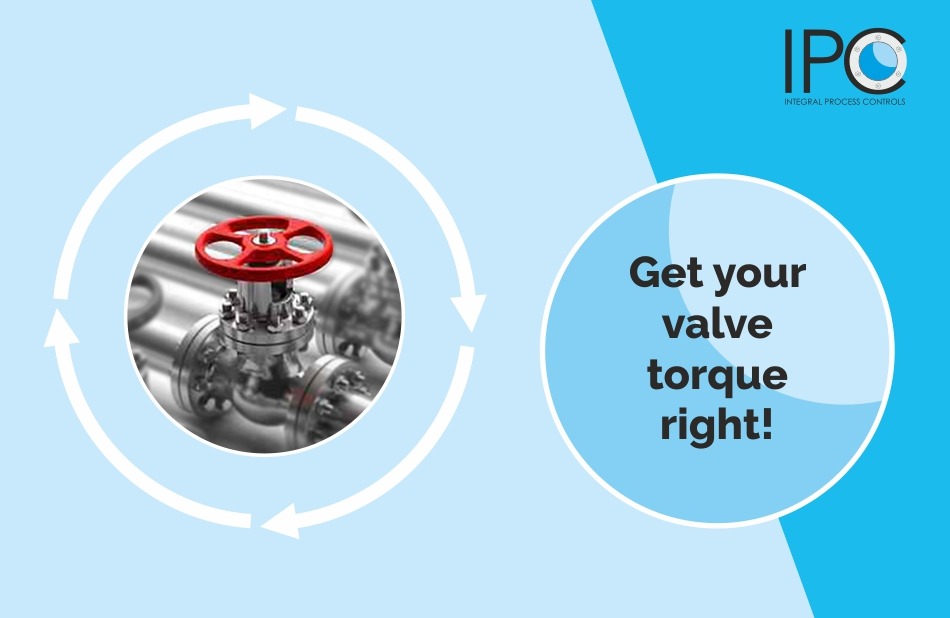Operating a valve is a bit like playing cricket!
You need to swing the bat just right to hit a six. If the bat is too heavy, it needs more force to swing, and there are chances of missing the boundary. If it is too light, the bat itself may not be strong enough to get the ball through to the boundary.
In cricket, the force needed to swing the bat is the key to hitting the boundary. The same could be said about the case of torque requirements for valves.
What is valve torque?
Valve torque is the twisting force required to open or close the valve. The velocity of fluid flow and the pressure drop play a significant role in defining the torque needed for the rotation of a valve. Torque serves as a performance metric that assists in selecting the appropriate actuator type and size for your valve system. Similar to how the force required to swing a bat is important in selecting a cricket bat, the valve torque is key factor in selecting valve actuators.
Important considerations in valve torque
Adequate valve torque limits
Modern cricket bats are designed with a curve to allow for power shots without increasing the weight of the bat. Similarly, valves should be designed to reduce the required operating torque. In case of higher operating torque, electric, pneumatic or hydraulic actuators should be deployed.
Maximum Allowable Stem Torque
The maximum torque that can be applied to the valve without any damage is called Maximum Allowable Stem Torque (MAST). The maximum output torque of the actuator based on operating pressure or maximum supply voltage should not exceed the MAST at any point of travel.
The ASME code serves as the base for calculating the maximum allowable stress for different parts of the valve including the stem.
Other aspects of valve Torque
Break torque: Brake torque is the amount of torque required to start the movement of the valve from the closed position.
Running torque: Running torque is the torque needed to maintain the movement of the valve between open and closed positions.
Closing torque: Closing torque is the amount of torque required to close an open valve.
Conclusion
Valve torque calculations are vital in selecting a valve actuator. The mast of a valve is typically provided by the valve manufacturer. In addition to torque specifications, the Safety Factor should also be considered. In most cases, a safety factor of 25% is recommended. That means if the valve requires 100 in-lb torque for opening, the actuator should have a break torque at 125 in-lbs.

